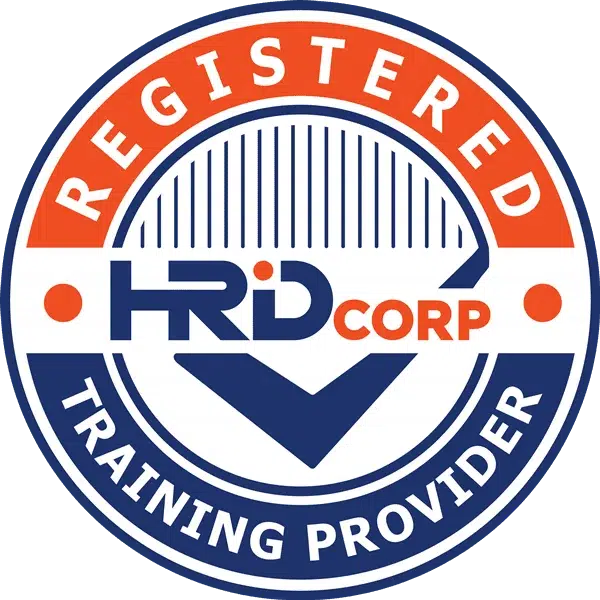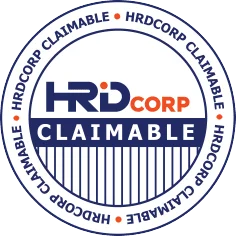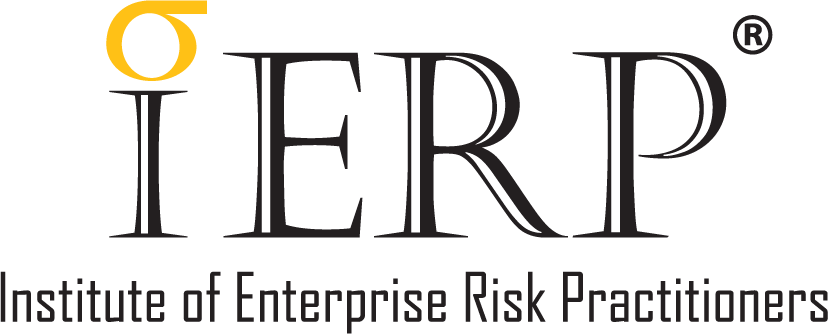IERP® Events
Welcome to the IERP® Events page—a hub of exclusive opportunities designed for our members. Explore our comprehensive Certification & Training programs, Global Conferences, insightful Tea Talks, and connect with peers in the Director and Chief Risk Officer Networking Groups.
UPCOMING:
Global Conference 2025
Enterprise Risk Management: Rising from the Ashes
- 4th - 8th August 2025
- Mandarin Oriental Hotel, KL
Upcoming Certification & Training Programs
Evolution of BCM Standards, Policies and Frameworks
BIA & BCMS Frameworks and Strategies
Risk, Sustainability, Metrics and Crafting Effective Business Continuity Plans
Board risk oversight best practices: A strategic approach
The Directors guide to driving corporate culture and ERM
Risk appetite, risk tolerance and risk maturity frameworks
The Directors guide to Strategic ERM
Directors guide to Emerging Risk and Black Swans
The Directors guide to the role of Boards in Fraud Risk Management
The Directors guide to ISO 31000 and empowered Risk Committees
Directors guide to dealing with Opportunity in Risk
Directors Guide to BCM and ISO 22301
Directors Guide to Crisis Management
Directors guide to machine learning and AI
Directors guide to Cybersecurity oversight
Directors guide to COSO 2013 and empowered Audit Committees
Directors guide to GRC and CCPT
Directors guide to ESG and ESG Risk Management
Directors guide to RMiT
Enterprise Governance
IERP® Events for Active Members

Tea Talk
IERP® members earn 1.5 CPE hours for attending each Tea Talk Series session and can also access previous sessions' Video On Demand (VOD) and Slides using their IERP® website login.

Director's Networking Group
(DING)
A unique platform for Board of Directors to connect, discuss important topics like business trends, strategy, performance, agility, sustainability, and risk oversight.

Chief Risk Officer Networking Group
(CRONG)
Exclusive sessions for Chief Risk Officers, focusing on discussing business, professional, and risk management topics to build lasting relationships within the enterprise risk management niche.

Apply IERP® Membership
Join the IERP® Membership and take advantage of numerous features that are only available to members. Apply today!
























